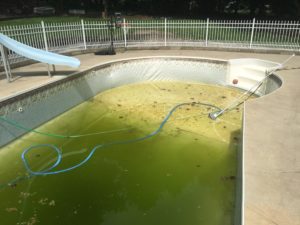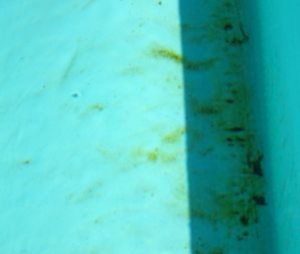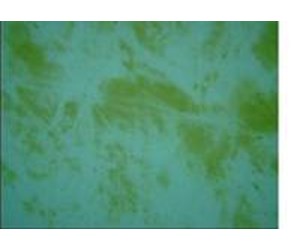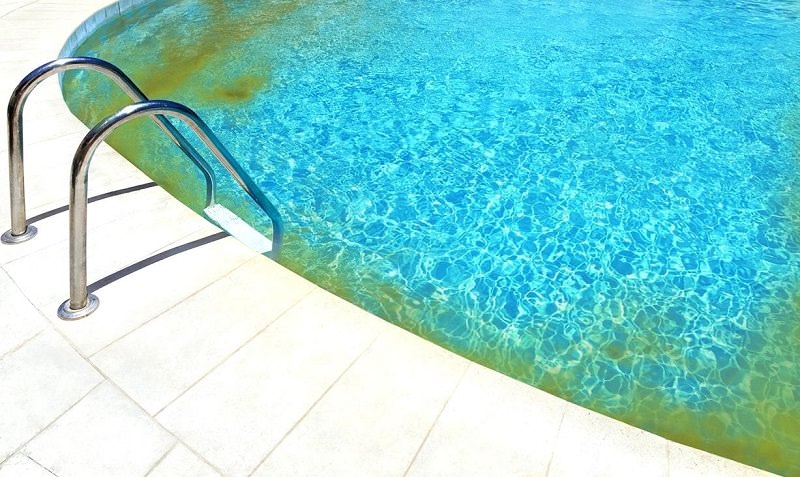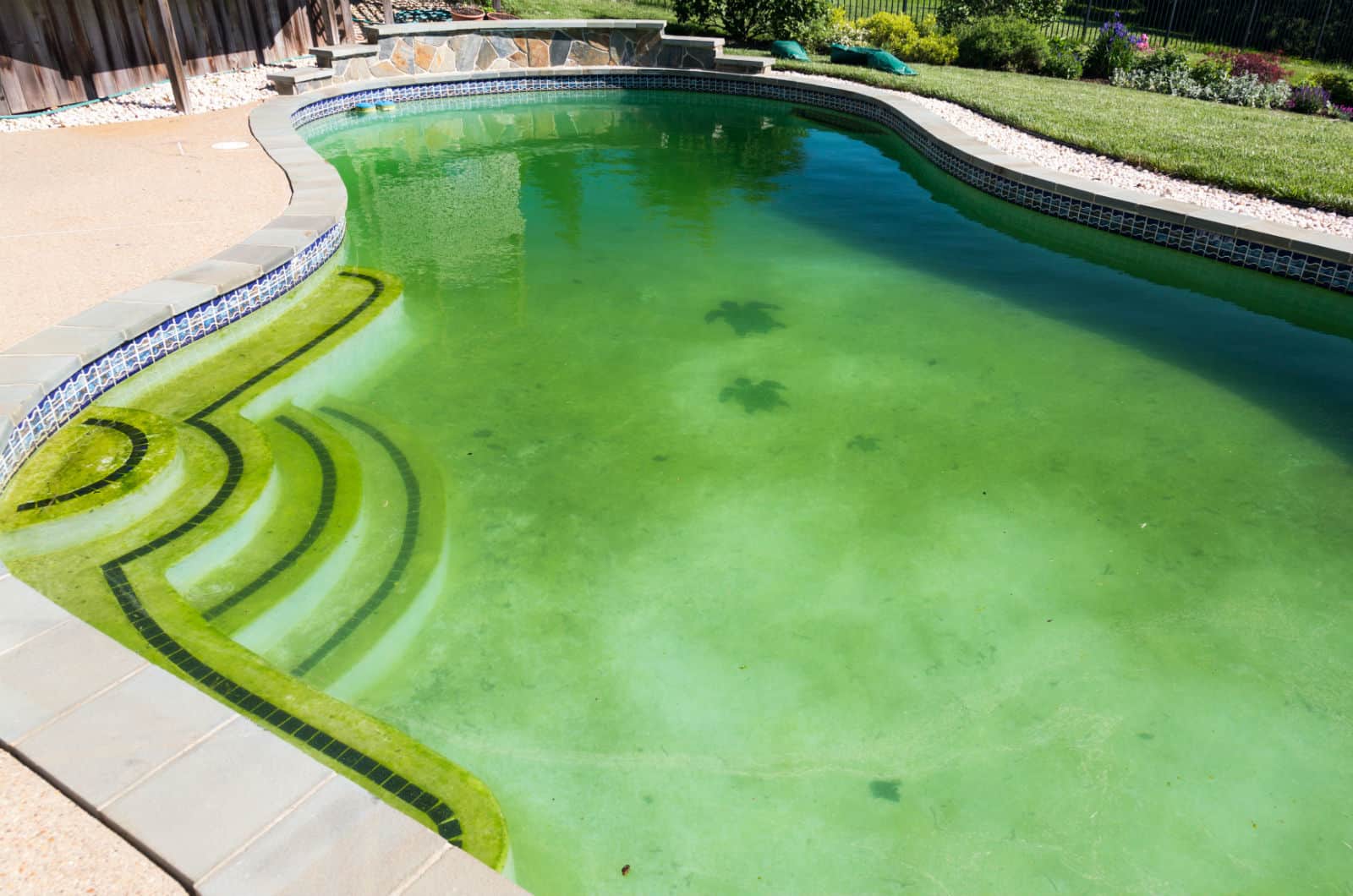What Causes Yellow Algae In Pool

This is due to it s ability to hide small cells of life deep in a crack or buried sufficiently that it can escape complete chlorination.
What causes yellow algae in pool. Getting rid of yellow algae. Shades of yellow can be a sign of excessive iron. Many pool owners find yellow algae to be one of the more difficult strains of algae to control. In order to successfully get rid of yellow algae from your pool and the surrounding area you will need to thoroughly clean everything.
This algae in pools appear yellow or closer to a mustard color because it lacks chlorophyll. Debris phosphates and pollen also can cause yellow algae and you re more likely to get algae in warmer climates or in areas with environmental and atmospheric changes. Algae are a living aquatic creature that multiplies rapidly on warm sunny days. Mustard algae sometimes called yellow algae loves to attach itself to the walls of swimming pools.
Commonly appearing after lightning storms these algae can form because of the buildup of nitrogen that lightning causes. Yellow or mustard algae. A lack of good circulation filtration and sanitation is usually a contributing or the primary cause of pool algae. Mustard algae has a distinctive yellow color ranging from bright yellow to a deeper mustard yellow.
Iron can be introduced into a pool by well water or pipe corrosion somewhere in the pool system. Unlike algae iron deposits resist scrubbing and take a lot of elbow grease to remove. That is they take in carbon dioxide and expend oxygen as a byproduct. Also like any other algae it can stain your swimming pool and cloud the water which also sticking to things like pool equipment pool walls bathing suits floats and toys.
Containing chlorophyll algae utilizes photosynthesis to grow. Algae feed off nitrogen and thus form often after storms. When there is too much of a mineral present in the water it can begin to stain the pool. It looks dry and powdery and is often mistaken for dirt or pollen.
Mustard algae prefers the shade and likes still water so it s more likely to be seen clinging to the walls or bottom of the pool.





